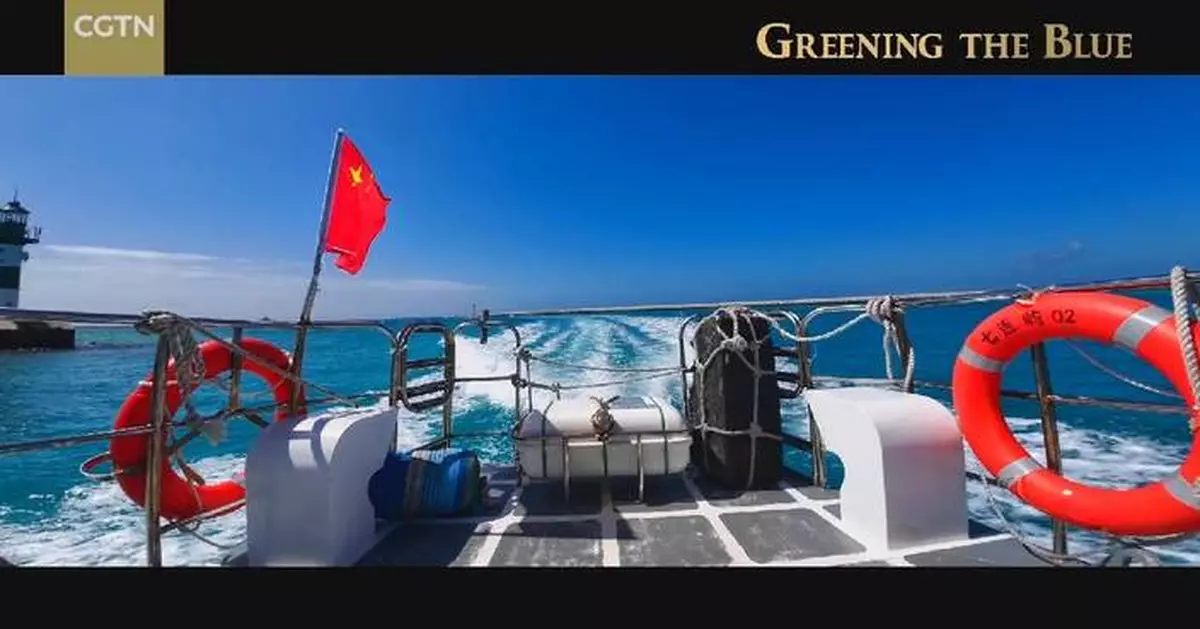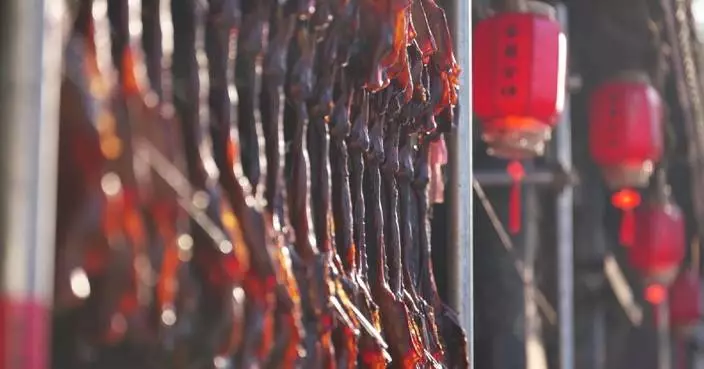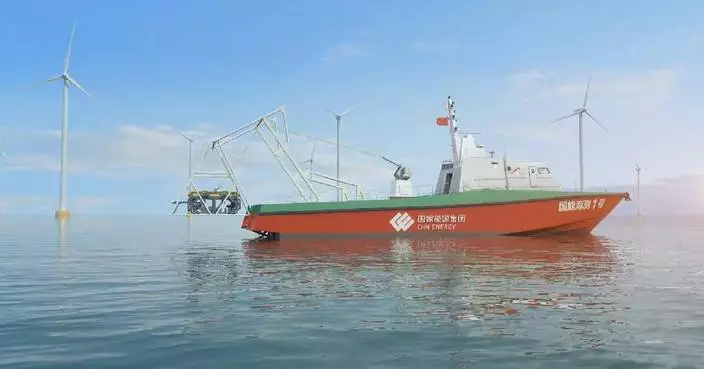A fisherman's family in Zhaoshu Island in the South China Sea has seen a drastic turnaround over the past decade since the island underwent an ecological transformation.
The 30-minute documentary "Greening the Blue" reveals how life for Chen Siyu's family has changed -- from living in a temporary shelter to inhabiting a two-story sea-view apartment.
Click to Gallery
Fishing family sees livelihood transformed after island renewal
Fishing family sees livelihood transformed after island renewal
Fishing family sees livelihood transformed after island renewal
Fishing family sees livelihood transformed after island renewal
Fishing family sees livelihood transformed after island renewal
In 2014, even drinking water was hard to come by for Chen's family. In that same year, however, a seawater desalination plant and power stations were established on the island.
Once virtually barren, Zhaoshu has become a veritable treasure island of greenery after eight years of ecological conservation efforts by Sansha City, Hainan Province. The initiative resulted in the construction of numerous modern, environmentally friendly buildings.
By 2016, Zhaoshu had electricity, 4G networks, and running water.
Once the new fishermen's village was completed on October 1, 2019, Chen's family moved in and now enjoy a clean supply of running water.
The new documentary on ecological conservation in the South China Sea by China Global Television Network (CGTN) will air on July 8, 2024.
The production also shows how a rescued sea turtle returns home, coral gardens are replanted, and sand beaches are turned into green islands in the South China Sea as a result of conservation efforts over the past more than 10 years.
China has set a target of defining at least 150,000 square kilometers of marine areas for protection by 2030 in its Biodiversity Conservation Strategy and Action Plan (2023-2030).
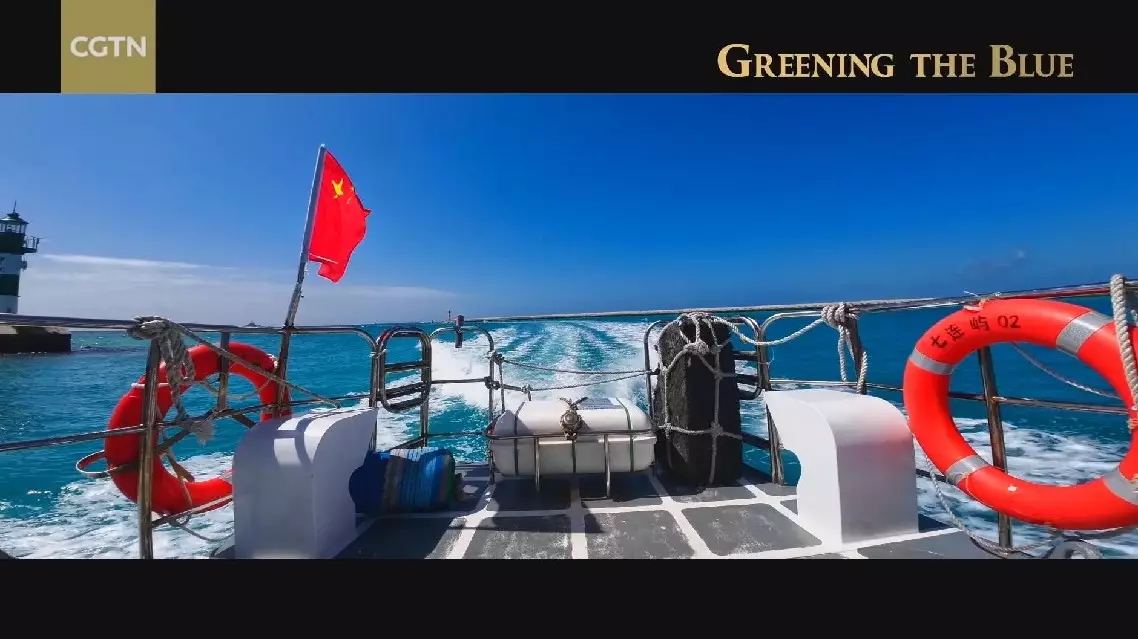
Fishing family sees livelihood transformed after island renewal

Fishing family sees livelihood transformed after island renewal

Fishing family sees livelihood transformed after island renewal
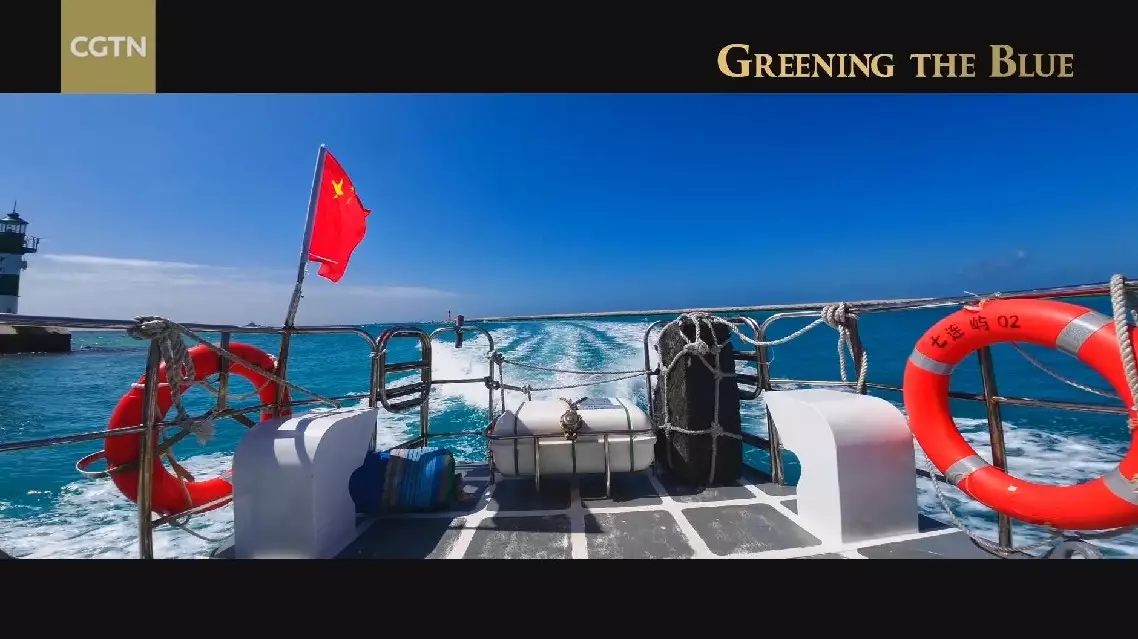
Fishing family sees livelihood transformed after island renewal
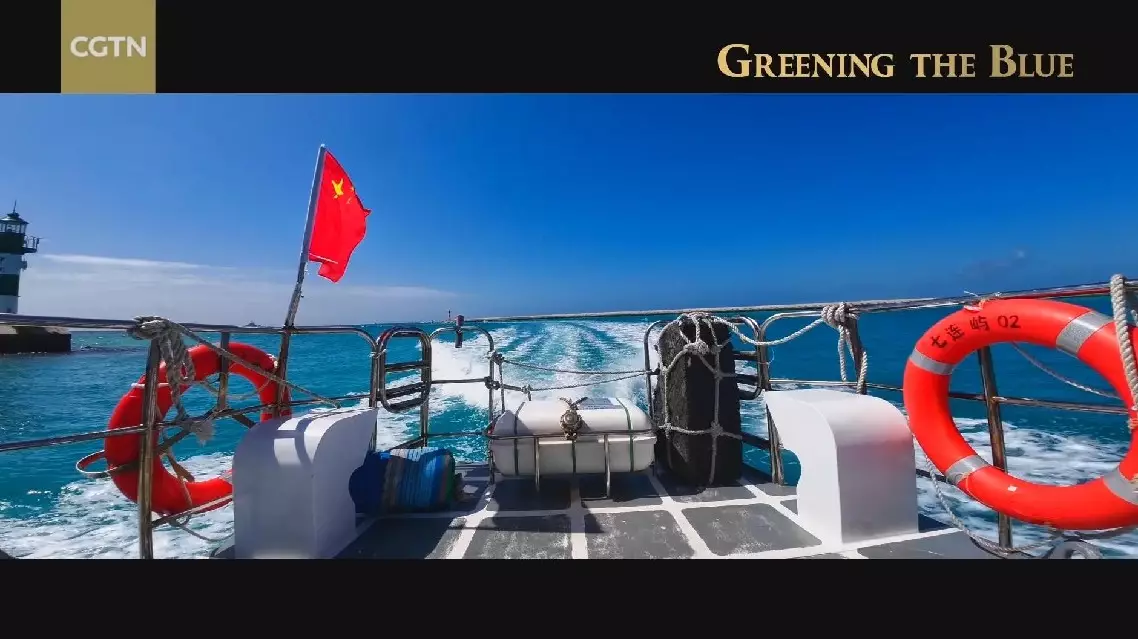
Fishing family sees livelihood transformed after island renewal
Festive receptions were held by Chinese embassies to celebrate the upcoming Spring Festival, with the promotional video for the 2025 China Media Group (CMG) Spring Festival Gala unveiled to add festive atmosphere to the events.
The Spring Festival centers around the Chinese New Year, which lands on Jan. 29 this year, ushering in the Year of the Snake.
The Chinese Embassy in Tajikistan hosted a Spring Festival reception on Jan. 20 for overseas Chinese in Tajikistan. Nearly 300 people, including representatives of overseas Chinese groups such as the Chinese Chamber of Commerce in Tajikistan, the Federation of Overseas Chinese, teachers and students from the local Confucius Institute, and international students in Tajikistan, gathered to celebrate the coming of the Year of the Snake.
In his speech delivered at the reception, China's Ambassador to Tajikistan Ji Shumin said that China's high-quality development and high-level opening-up have injected certainty and stability into a turbulent and changing world. China-Tajikistan cooperation in various fields has been promoted across the board, and the development of bilateral relations has reached a new level. Looking forward to 2025, China-Tajikistan relations will shine with new vitality and bring more benefits to the people of both countries, said the ambassador.
The promotional video for the 2025 CMG Spring Festival Gala was played in a loop at the reception. By watching the video, guests felt the festive atmosphere of the Spring Festival and the unique charm of Chinese traditional culture.
At the reception, overseas Chinese in Tajikistan performed a variety of cultural programs created by themselves. The joyous lion dance, the melodious guzheng performance, and the passionate Tajik eagle dance added a great deal to the festive atmosphere.
The Chinese Embassy in the Philippines, the Federation of Philippine-Chinese Chambers of Commerce and Industry, the Federation of Philippine-Chinese Associations, and the Philippine-Chinese Chamber of Commerce jointly held a Spring Festival reception on Jan. 19. More than 1,000 people from the Philippine government, Congress, overseas Chinese, people from all walks of life, and foreign diplomatic envoys to the Philippines gathered to celebrate the festival.
Huang Xilian, Chinese Ambassador to the Philippines, extended New Year greetings to people from all walks of life in China and the Philippines, saying that the Spring Festival is a common festival for the people of many countries, including China and the Philippines, and has been listed as an intangible cultural heritage of humanity by UNESCO. He said that this year marks the 50th anniversary of the establishment of diplomatic relations between China and the Philippines, and he hopes that both countries will cherish and maintain the bilateral relations for greater benefits to the people of the two countries.
Philippine Vice President Sara Z. Duterte and Louise Araneta-Marcos, wife of Philippine President Ferdinand Romualdez Marcos Jr., extended new year greetings via video link. Duterte said that the 50th anniversary of the establishment of diplomatic relations between the Philippines and China is of great significance, and she looks forward to the two countries working together to create a harmonious and prosperous future. Marcos said that the Philippines-China relations have been developing continuously for decades, which truly reflects the long-term friendly relations between the people of the two countries.
The promotional video for the 2025 CMG Spring Festival Gala was played at the reception. The festive atmosphere and gorgeous stage design attracted the attention of all the guests present.

Chinese embassies hold receptions to celebrate upcoming Spring Festival







